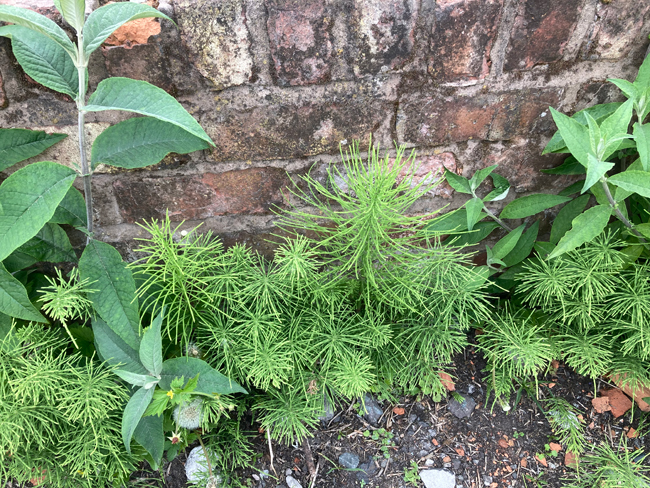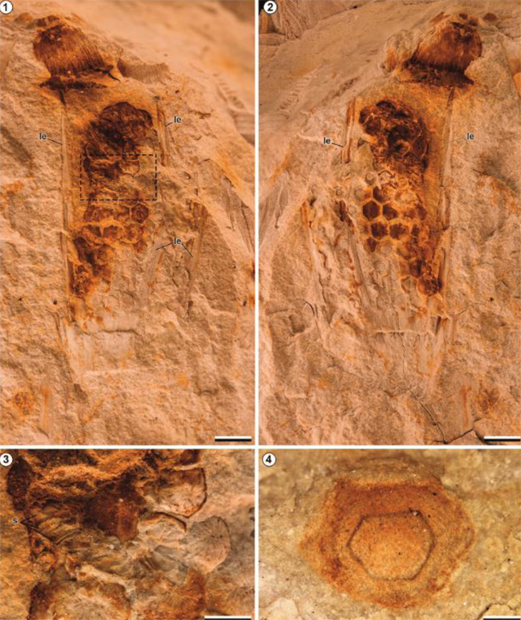Horsetails (sphenopsids) continue to thrive although their Carboniferous heyday is long behind them. Once a much more extensive group, these vascular plants, believed by many palaeobotanists to be closely related to ancestral ferns, are now represented by about twenty species, all contained in the genus Equisetum.
Admiring Horsetails – One of Natures Great Survivors

Picture credit: Everything Dinosaur
The Everything Dinosaur website: Dinosaur Toys.
A Living Fossil
When team members at Everything Dinosaur see a clump of horsetails, often growing on waste ground we stop to admire them. These tough little plants deserve respect. After all, they are essentially a living fossil, the oldest fossil remains of modern horsetails (genus Equisetum), date from approximately 190 to 182 million years ago (early Pliensbachian to early Toarcian), represented by Equisetum dimorphum from the Early Jurassic of South America (Chubut Province, Argentina).

Picture credit: Elgorriaga et al
For models and replicas of prehistoric plants and dinosaurs: CollectA Age of Dinosaurs Popular Figures.






Leave A Comment